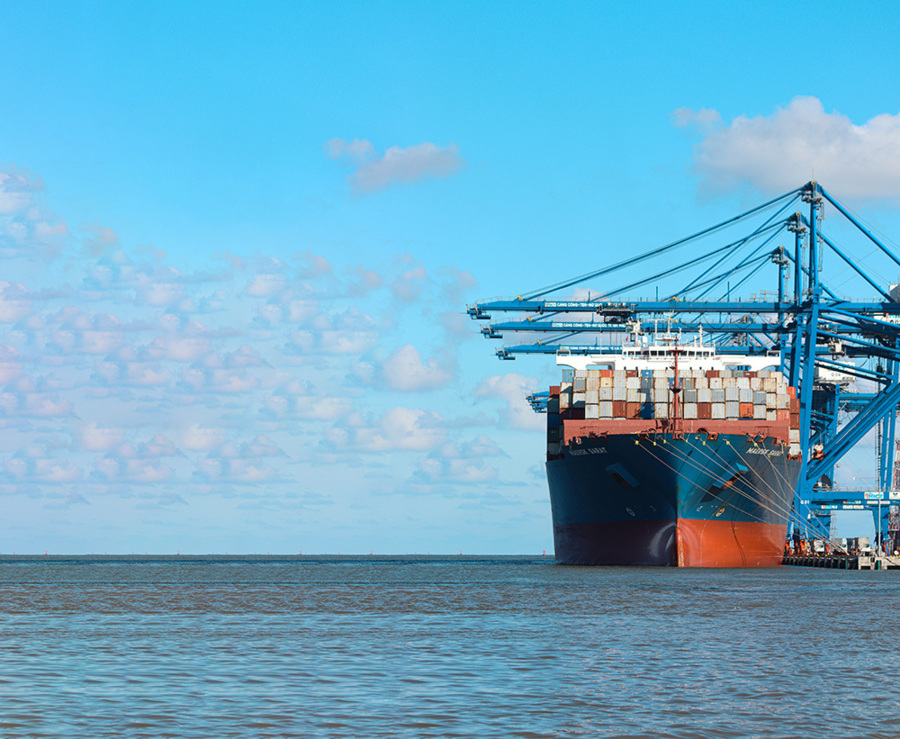As an Electrical Engineer, you will introduce and apply technological improvements to optimize thruster systems and processes. You’ll be involved in both theoretical and hands-on work to enhance product lines and develop new systems.
Key Responsibilities:
- Design, analyze, and test electrical thruster systems.
- Conduct theoretical and practical analysis of existing products.
- Engage in software design and PLC programming (IEC 61131 Structured Text).
- Investigate technical issues and establish corrective procedures.
- Define and implement product improvements based on analytical insights.
- Test and validate in-house programmed standards and applications.
- Collaborate with the R&D Manager on project challenges, progress, and planning.
- Translate functional requirements into comprehensive hardware, software, and infrastructure specifications.
- Hardware: Familiarity with digital and analog electronics; proficiency in digital system design.
- Software: Structured programming, system design, basic electronics, and data processing.
- Power Electronics: Knowledge of soft starters, electric motors, and frequency converters.
- Data Processing: Expertise in analytical methods and a structured approach to technical challenges.
